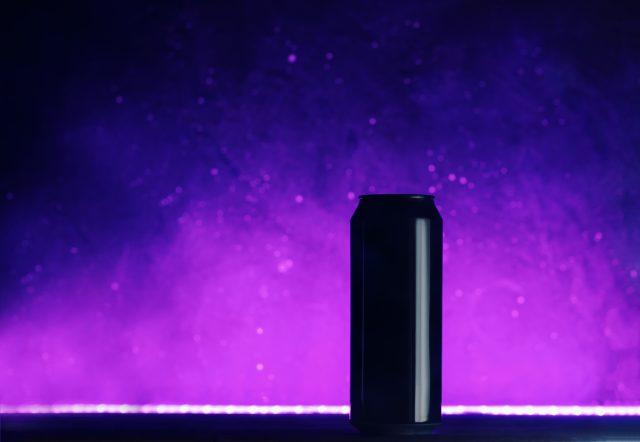This website uses cookies so that we can provide you with the best user experience possible. Cookie information is stored in your browser and performs functions such as recognising you when you return to our website and helping our team to understand which sections of the website you find most interesting and useful.
Reasons beer packaging is getting smarter
Premium beer packaging that uses ‘smart’ technology and interactive elements are predicted to see a surge in sales over the next decade. Jessica Mason reports.

Beer packaging is changing. Not only has the humble beer container become more appealing in its aesthetic edge, it has also looped in nods to interactivity, eco-awareness and even extra insight into the provenance of the brew. Times are changing.
One of the major factors contributing to the market’s growth is premium positioned beers housed in “smart packaging” as well as beers with “luxury” appeal, according to a deep dive analysis from Future Market Insights (FMI).
According to FMI’s report findings, the global beer packaging sector is anticipated to be valued at US$28.7 billion by 2024, driven specifically by premium and luxury packaging.
In addition to this, the trends shaping beer packaging are expected to create new opportunities for the market, essentially growing the sector and leading to a projected CAGR of 3.5% between 2024 and 2034 and reaching a total valuation of approximately US$40.5 billion by 2034. Shelf appeal just became a bit more competitive.
To give a bit of extra context, what the analysis has identified as “smart packaging” can include “anything from temperature indicators or near-field communication tags. Essentially, anything that will enhance the consumer experience by providing real-time information about the beer or allow interactive engagement”. The report also identifies how packaging with built in temperature control features will help craft beers maintain their quality during transportation and storage, giving rise to better quality packaged beer in general and, potentially, fewer situations where beers are affected by light-strike.
In addition to smart packaging, resealable packaging and collapsible or flat-pack packaging is also gaining popularity within the sector, especially where storage, retail dispense and transportation are a factor and needs can be answered by meeting outlet’s requirements from the outset.
Cultural and demographic factors have not been overlooked either. As the analysis outlined, these will look at changing tastes and preferences among younger generations all of which are understood to drive shifts in packaging trends.
According to the analysts, understanding the target demographic and adapting packaging strategies accordingly is crucial. In this case, it was noted how beer packaging in particular may be impacted by the changing world of drinks which could soon also feature alternative elements linked to CBD beverages. for instance, tamper-proof packaging.
Speaking about the packaging developments for the beer sector, FMI lead consultant, packaging and materials Ismail Sutaria explained: “In regions where cannabis-infused beverages are legal, the integration of cannabis into beer products may open up new packaging considerations, such as child-resistant features and clear labelling for regulatory compliance.”
Last month, the future of alcohol labelling was being discussed in government spheres due to health organisations in Australia calling for reform causing fears that beer could soon have health warning labels, similar to cigarette packaging. Notably, this move was not one that the industry has wanted immediately jump to, but the conversations surrounding cannabis products and nicotine products is still being discussed in the same forums led by health lobbyists.
As a way to move forwards, the beer industry has refused to sit still and even age-old brands that have been revered for years have enlisted assistance to update their image and have set about refreshing iconic packaging and revitalising longstanding brands by giving them a stylistic makeover that better speaks to a new audience.
For instance, during the summer, C&C Group unveiled a brand new look for its iconic Tennent’s Lager cans for the first time since 2018 and Molson Coors updated the packaging of Cobra Beer to help reinforce its reputation for being a perfect pairing with Pan-Asian cuisine. Both brands already had an established following and reputation, but used packaging to re-establish a place in the marketplace among newcomers.
Whatever the next decade delivers in terms of beer’s global market share, premium beer packaging is still forecast to grow in value, showing how beer’s image is only going to premiumise further. A trend that is anticipated to amplify the category as a whole and have a halo-effect on sales, image and positioning for the future.

